Get access to a free martial arts business case study and a online workshop to attract the right students.
*Need help growing your martial arts school? Learn More Here.
TRANSCRIPTION
Hi, this is George Fourie from martiaartsmedia.com. This week, I have an awesome announcement for you, and it comes with two awesome gifts that are going to help you grow your martial arts business, especially on the internet.
Gift number 1: gift number 1 is an eleven-page case study that I did about a campaign that we ran in December with Paul Veldman, which generated 96 paid trial sign ups, within the two weeks. Now, I said it with caution, because I'm not giving this case study to you with the expectation that you're going to generate that, but there are core components and strategies recorded in this case study that is going to reveal how you can apply these same strategies to campaigns that you are doing and possibly, if you get 20 or 30 or 40 extra sign ups through the process, it will definitely be worth it and it's gold.
 It's free, you can download it right now at martialartsmedia.com/casestudy and this breaks down just different components, different triggers that you can use and how you can structure your campaigns to get good results with your paid trial campaigns. This type of campaign is maybe not something you can run consistently, like an evergreen what we call, an evergreen campaign, meaning it's continuous, so this is really for generating that rush of sign ups.
It's free, you can download it right now at martialartsmedia.com/casestudy and this breaks down just different components, different triggers that you can use and how you can structure your campaigns to get good results with your paid trial campaigns. This type of campaign is maybe not something you can run consistently, like an evergreen what we call, an evergreen campaign, meaning it's continuous, so this is really for generating that rush of sign ups.
So there's a lot of good things in there, the great psychology of just the buying process and I put a lot of time into this. It’s not just about Paul's results and experience, I've really explored the topic with a whole bunch of people and a whole bunch of martial arts experts through our martial arts media business podcast. And through that, I was able to gather other insights that you can take and contribute to this. So, that's gift number one: martialartsmedia.com/casestudy, you can download that now. That will take you to gift number two, all right?
Gift number two is a live online workshop that we're going to be hosting and this is really to give you that 30,000-foot bird's’ eye view of how the online platforms work and how you can set yourself up for the long run. This is going to teach you how to become the go-to martial arts school, how to position yourself as the authority within the martial arts business space, or I’d rather say not martial arts business space, but martial arts business within your community. And there are certain things that you can apply that is going to help you do that with putting on valuable content and I'm not just talking about running ads, this is way, way behind running ads, OK?
If you're just going to be running ads, you're always just going to be running ads. But if you take on a different approach and you know that you're going to be in business for the long turn, which of course you are, that's why you've taken on this journey, then there are things you can do with content marketing and different strategies that are going to pay off for you right now, but even more in the long run. And this is information I want to give to you, this is my life's work, I've dedicated the past… I wouldn't say life, but the past ten years to learning this type of online stuff and we've helped a lot of martial arts business owners transform their businesses through these methods.
But the one thing I do find, and I see across the internet is, when you're trying to go down this online route, you pick things where you can. You’re in this Facebook group and you grab someone's information – that's cool, I’ll grab on that idea. And you grab something here and you want to go with that. And a lot of times, you've got to be careful with that, because you can hit a win, but you can also go down the wrong track, because sometimes the idea you’re getting is not vetted and the person doesn't really have that much experience, but they are free to give advice and everybody's advice looks equal in a Facebook group.
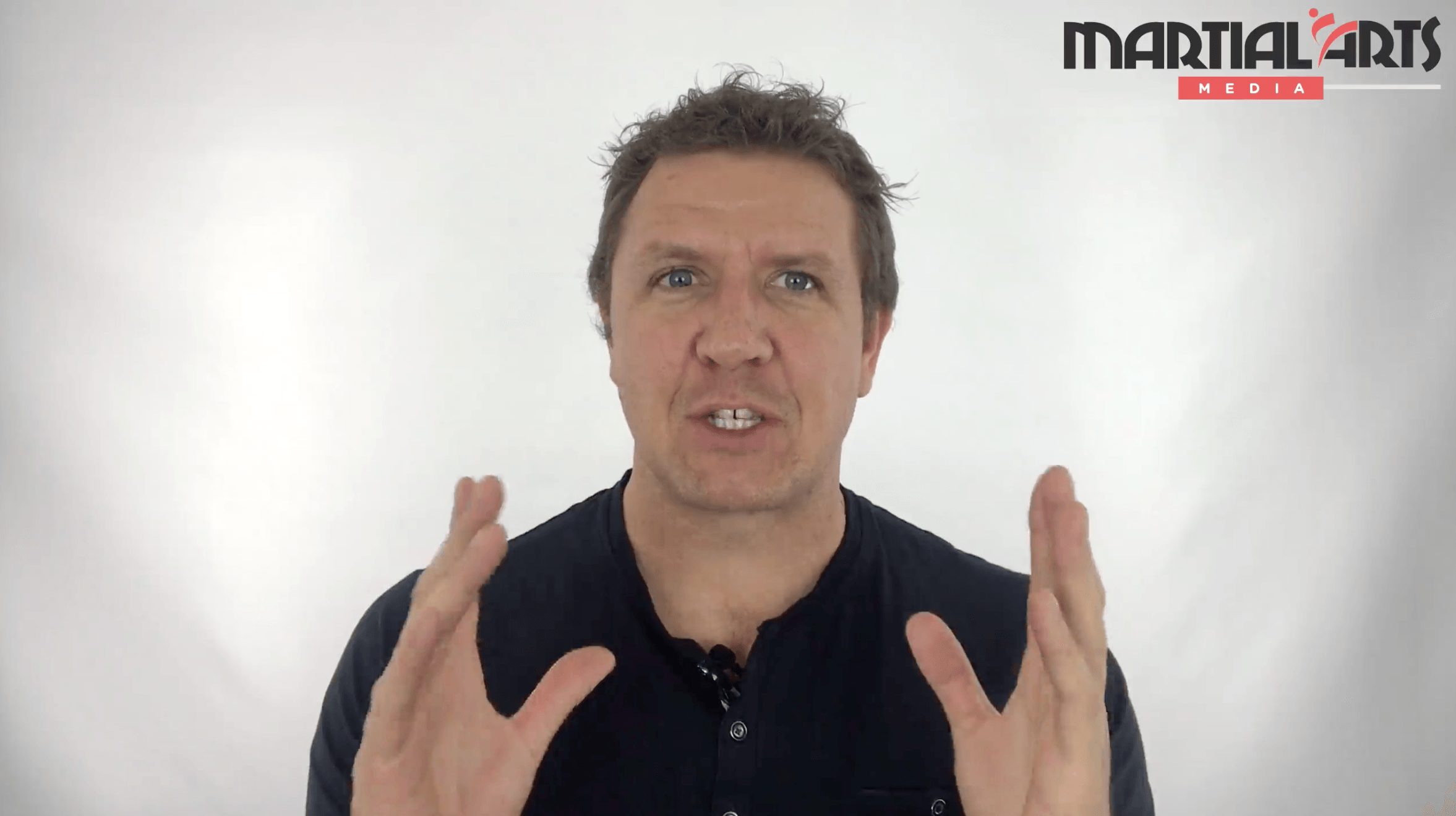
So it’s that and then, does the actual concept apply to your business and your audience? Yes, it might apply to your martial arts business, but does it apply to your actual audience and how they respond and their buying behaviours on the internet and their perception of martial arts in general in your area. So there's a lot of components that you need to consider.
So this web class is about you discovering what that is, really being able to dig down into your target market, understand how you're going to engage with them, and not just by putting ads in front of them, but by putting strategic content in front of them that's going to attract them now and in the long run and be that go-to martial arts business. If you think of a soda drink you think Coca-Cola – that's how it must be for people, they must be able to have that clear association. If they think martial arts, your brand name is what's going to come clear to mind.
So this is what we’re going to talk about. This is going to be live; it’s going to be interactive. I’m going to answer all your questions, I'm going to help you make a few core transformational decisions on where you should take your business through the internet, not through your training and so forth. Obviously, you've got to have that in place, you've got to be running awesome classes to facilitate that. If you position yourself as the authority, then you've got to be the authority with your classes.
So this is not about the big smoke screen and putting out information that's not true and that doesn't resonate: you've got to have all the ducks in a row. So if you've got those ducks in a row and you are headed that way and all you need is that clarity of a strategy, something that you can take and apply and grow your school through a sophisticated solid online presence, then this workshop is for you.
So, how are you going to get to the workshop? Again, just go down under case study martialartsmedia.com/casestudy and once you've downloaded the case study, it will take you to the online class registration page. You'll get registered and you'll receive a few emails from us to remind you when the date is coming up and we’ll be good to go.
So I hope you enjoy the case study: please leave a comment wherever you downloaded this, whether it’s on Facebook or on our website, let us know what you think about it, how you liked it and I look forward to seeing you on the web class and helping you with your martial arts business.
Thanks, speak to you soon.
martialartsmedia.com/casestudy
*Need help growing your martial arts school? Learn More Here.
Enjoyed the show? Get more martial arts business tips when you subscribe on iTunes for iPhone or Stitcher Radio for Android devices.





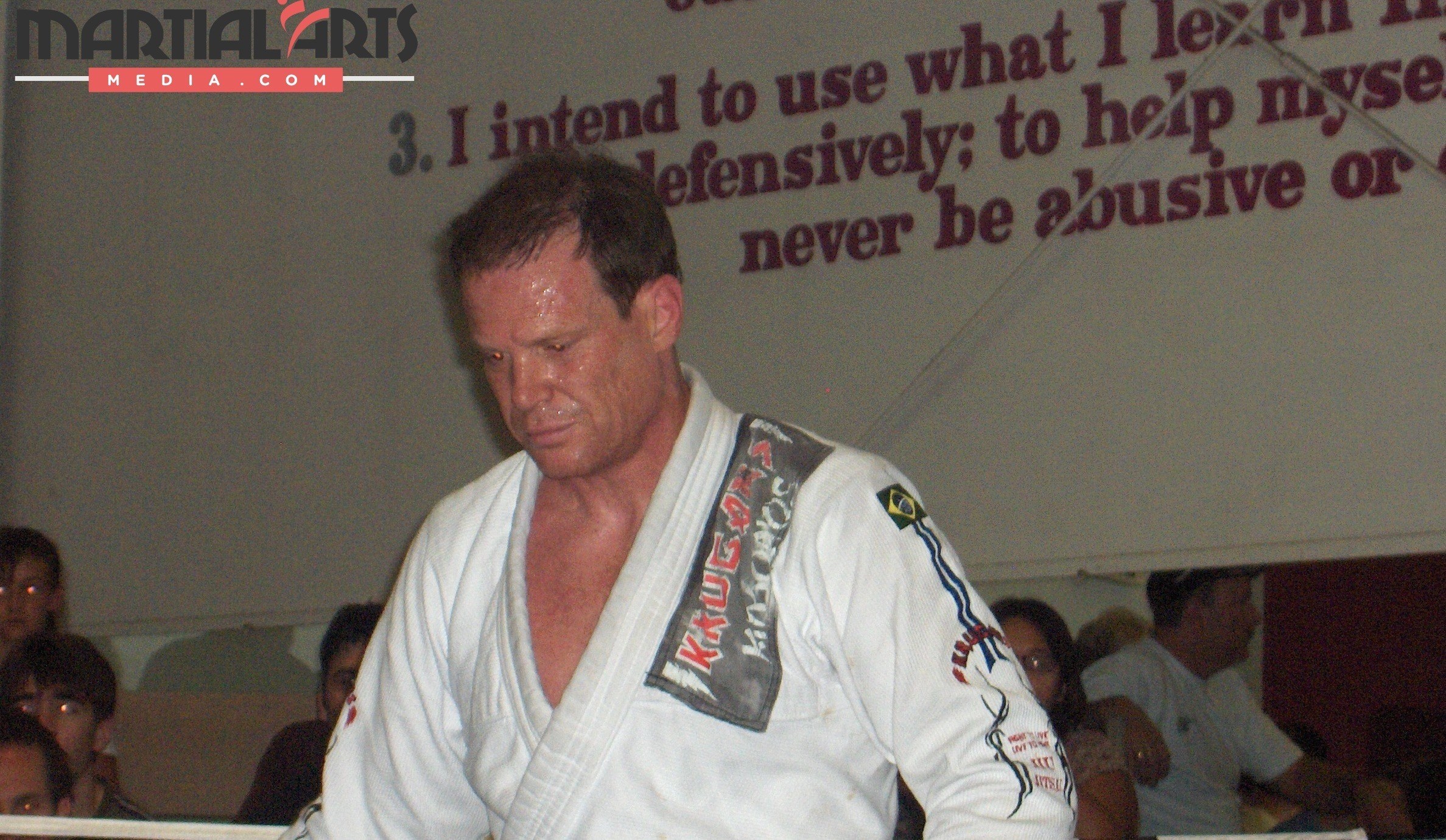

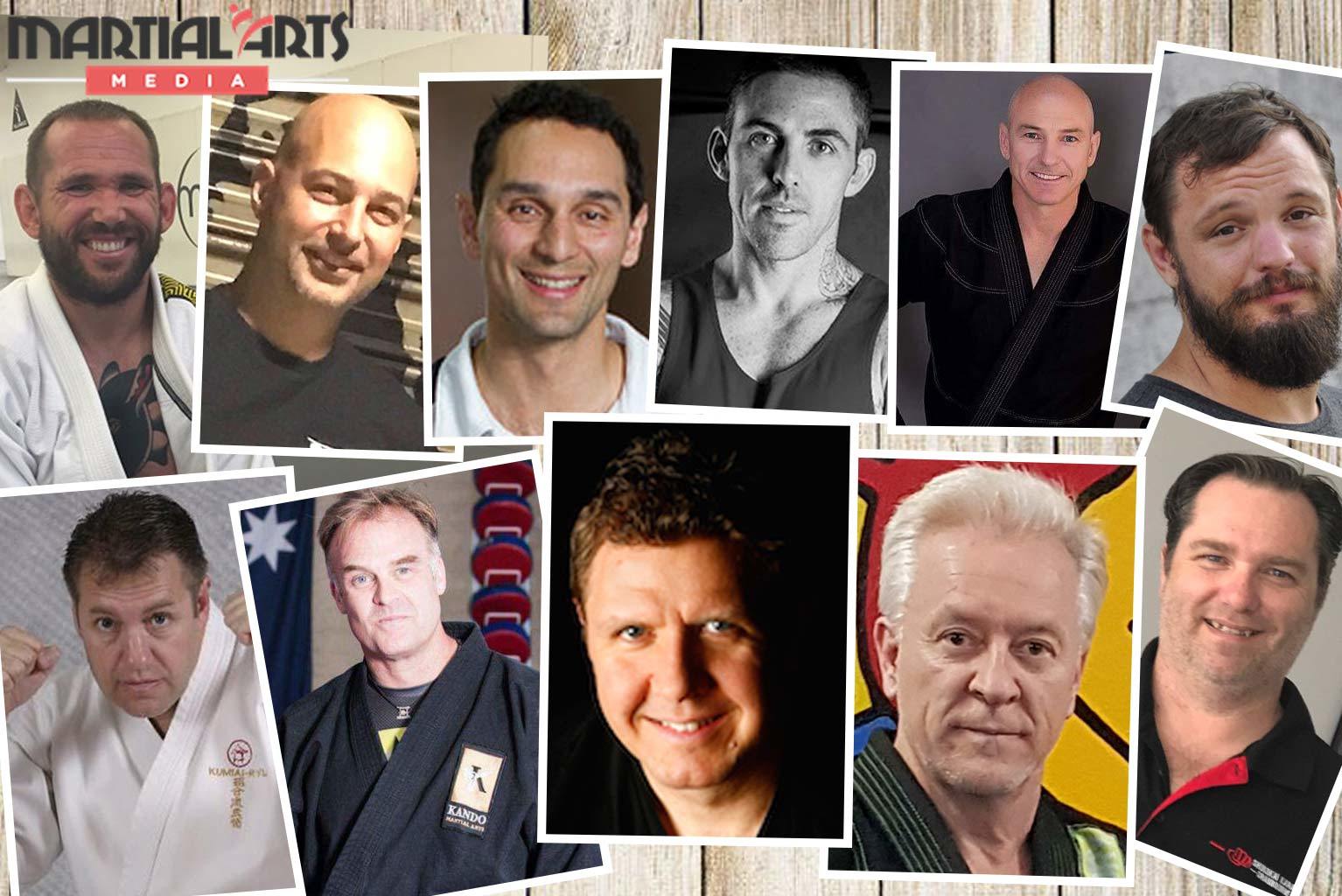




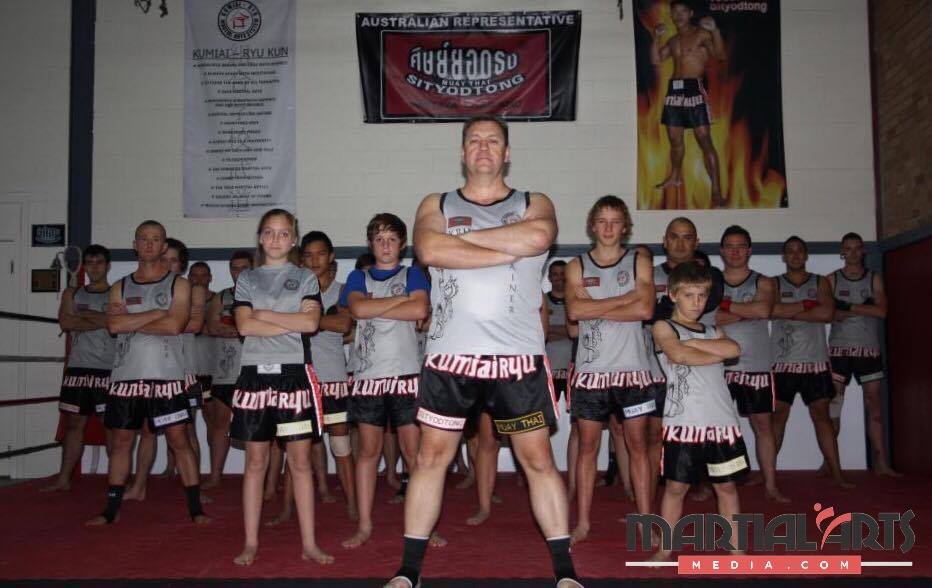


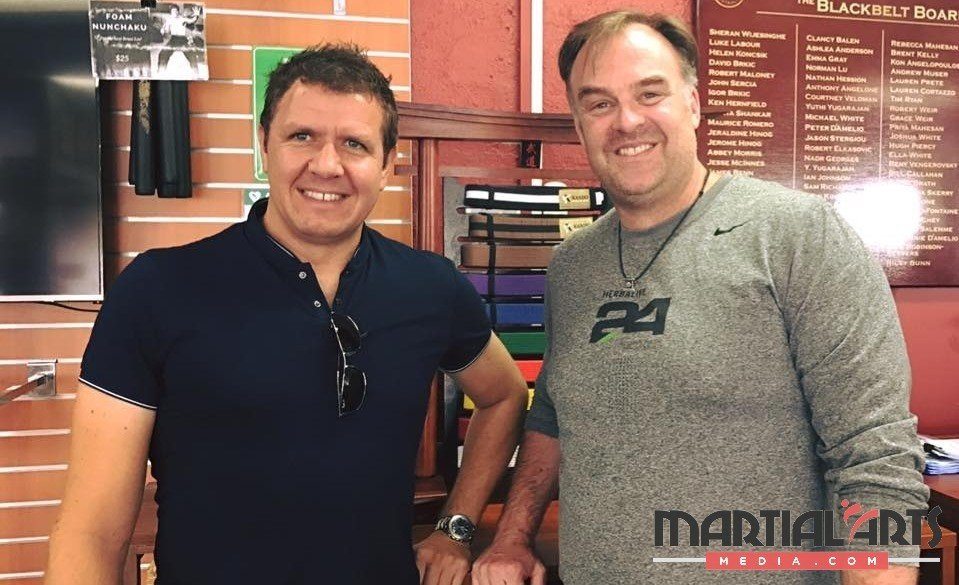






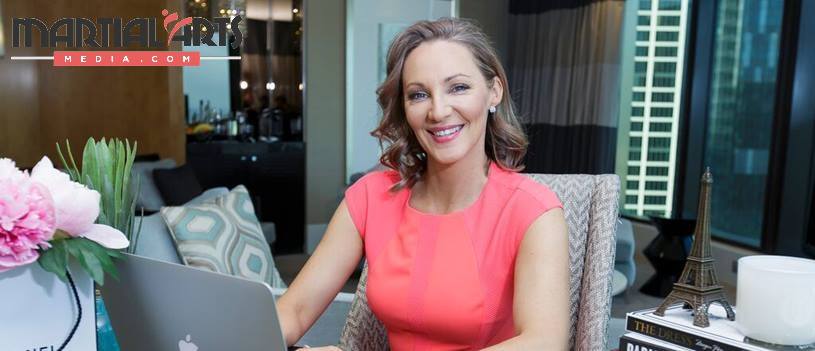











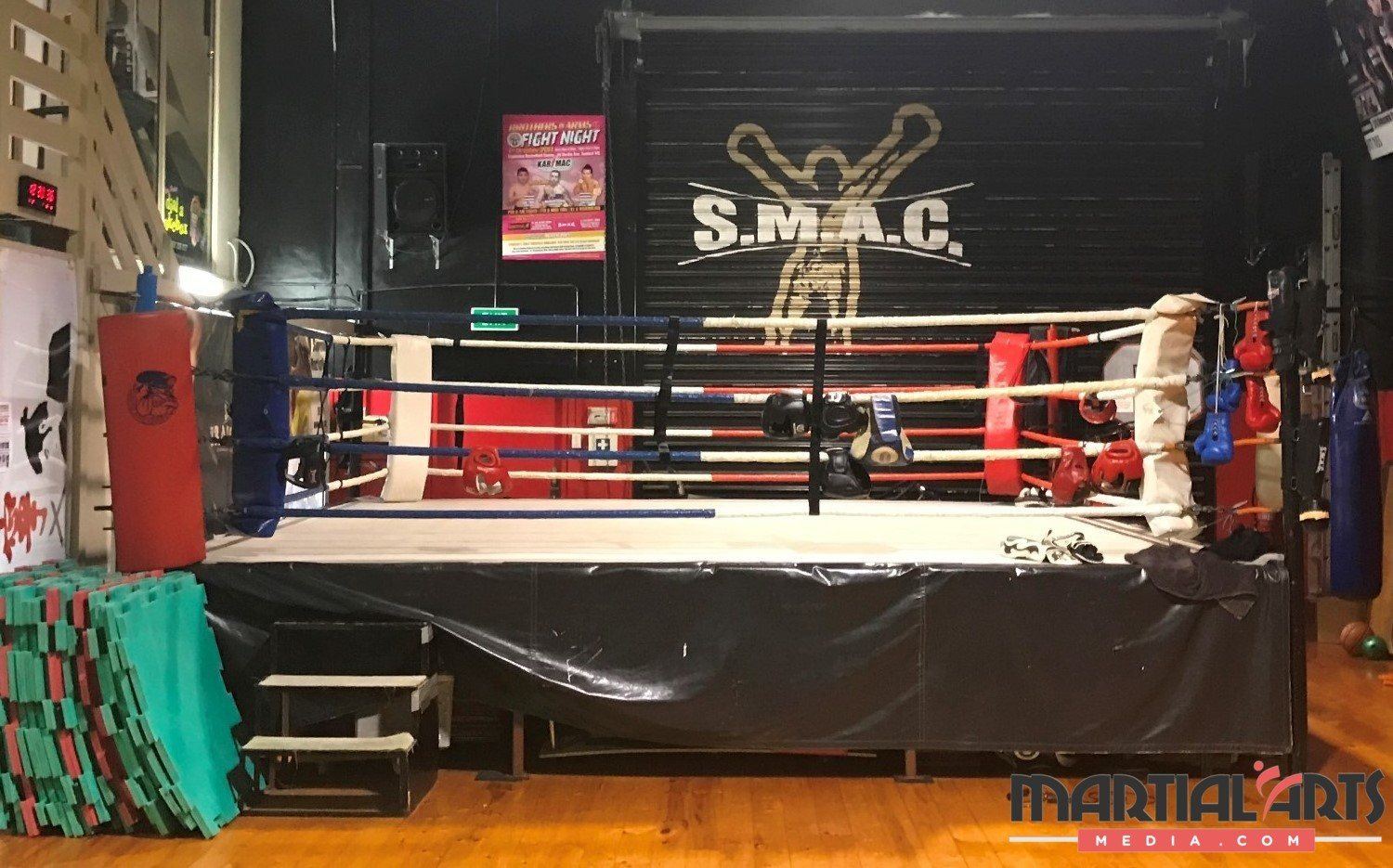
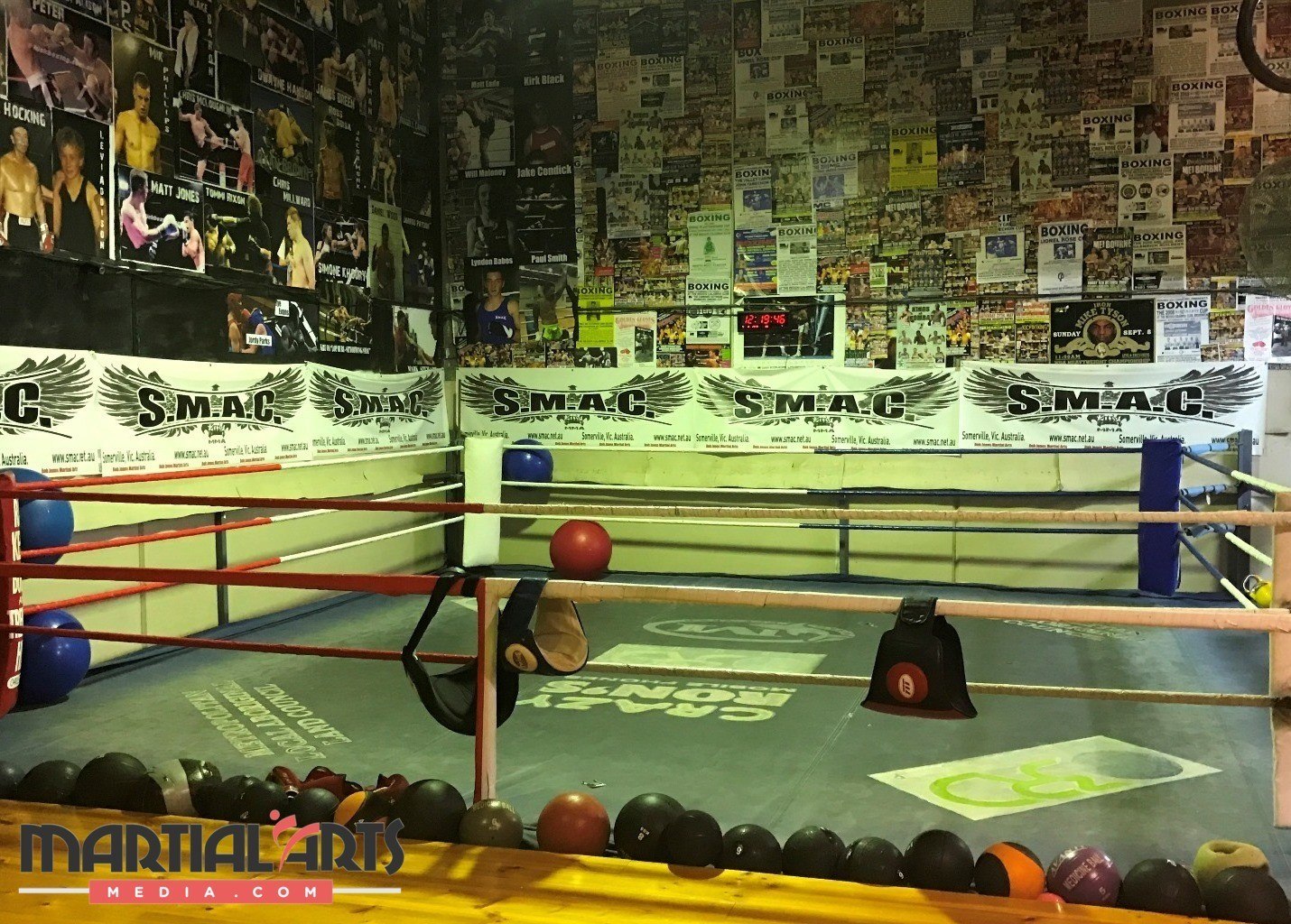
 MATT
MATT MATT
MATT
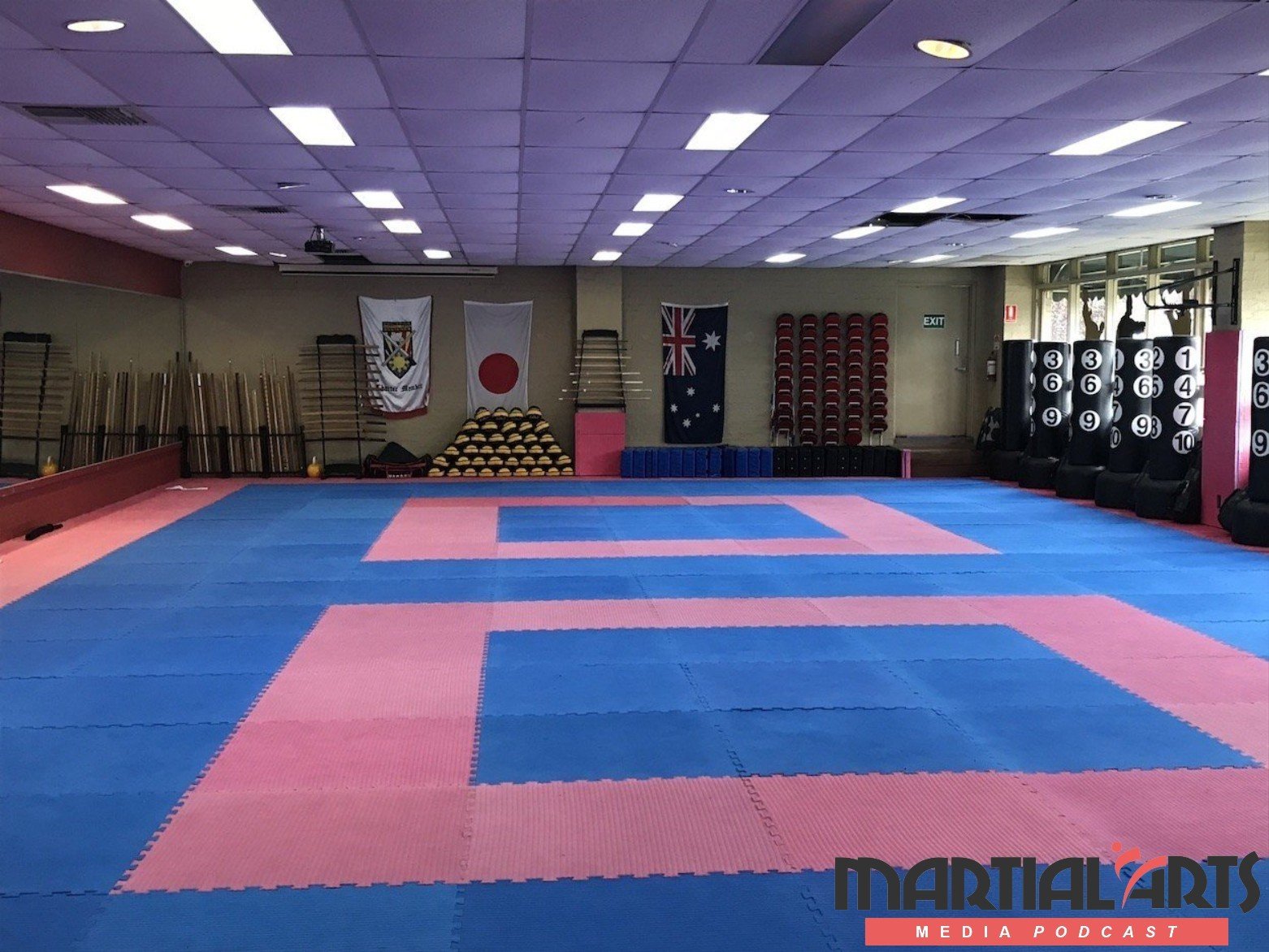

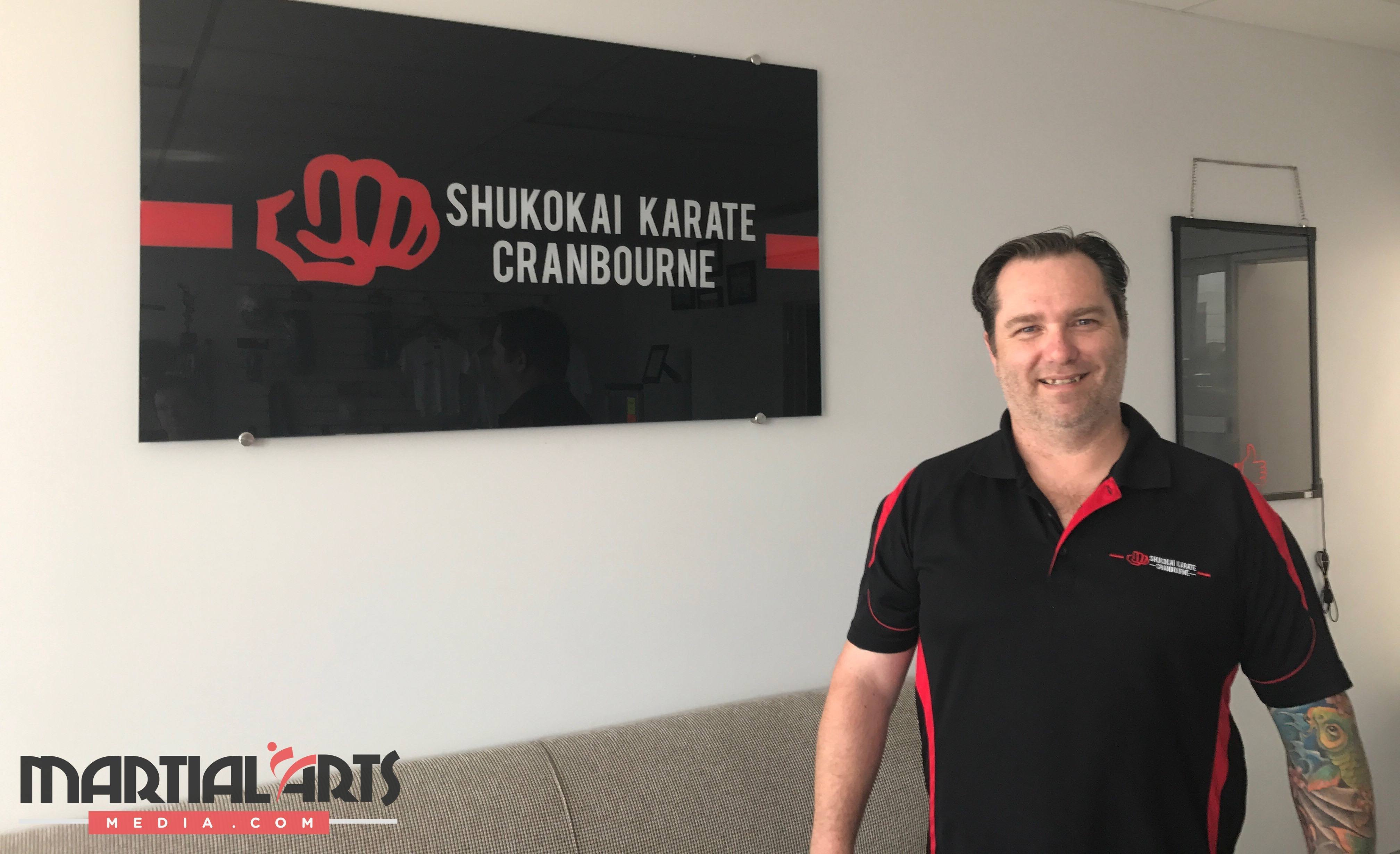 GEORGE
GEORGE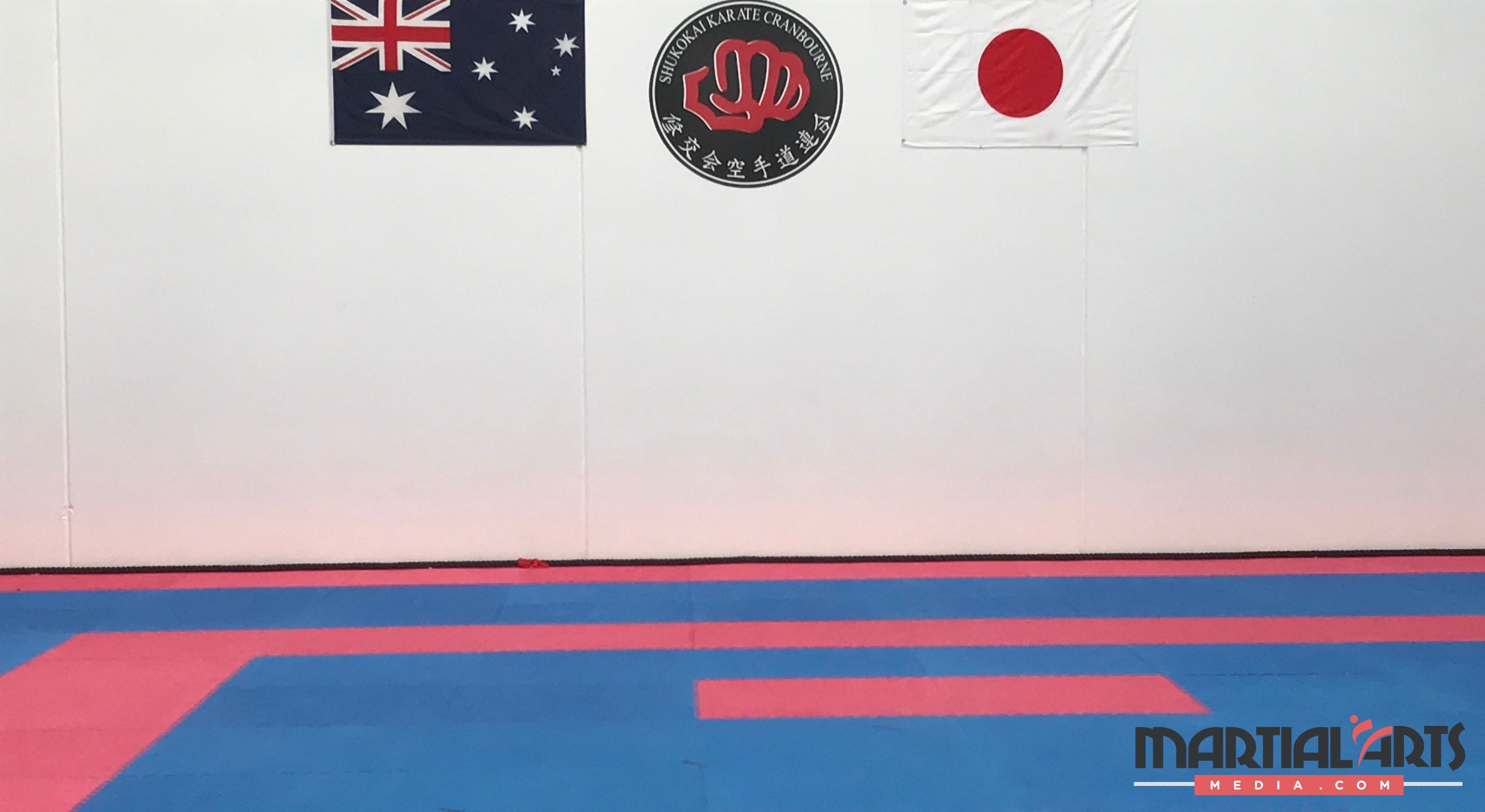 GEORGE
GEORGE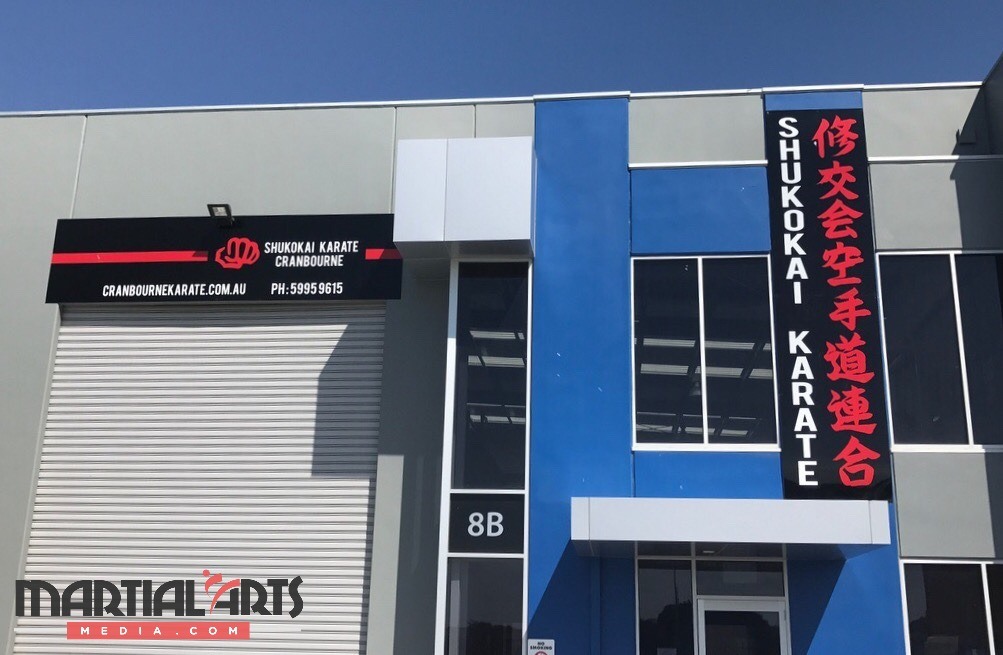 DARRYL
DARRYL


